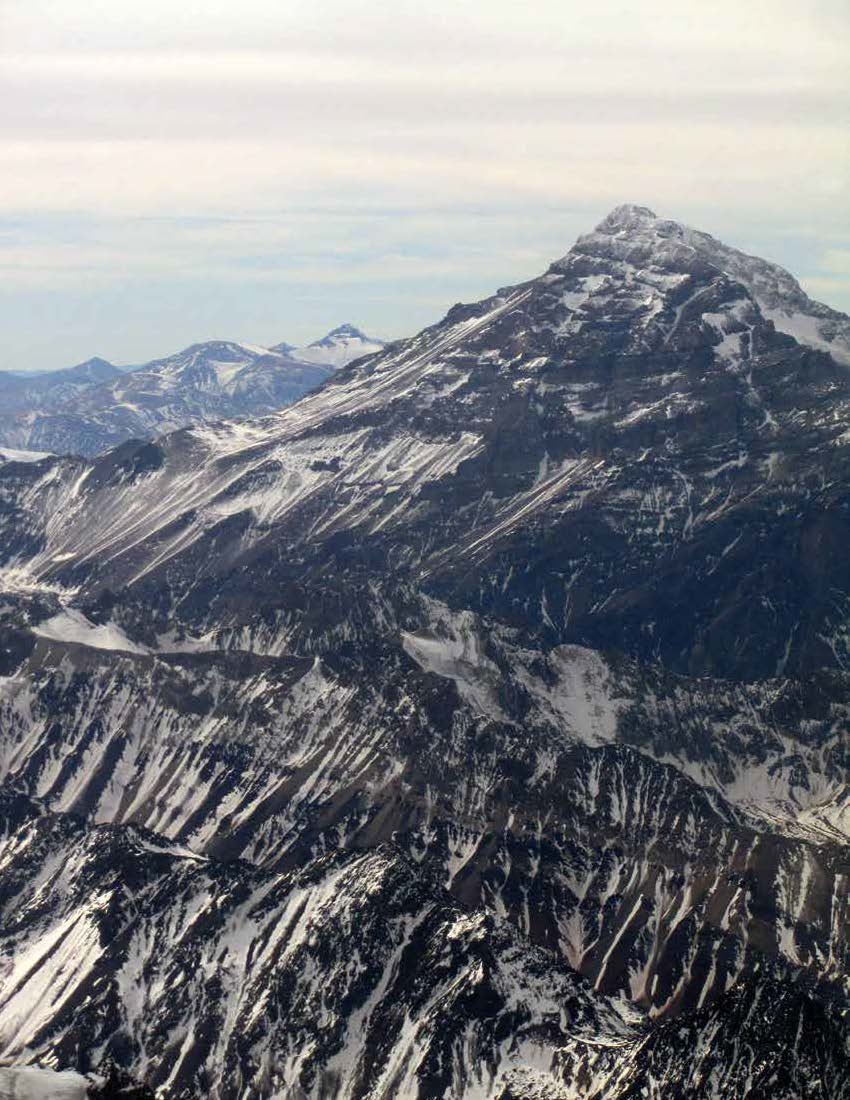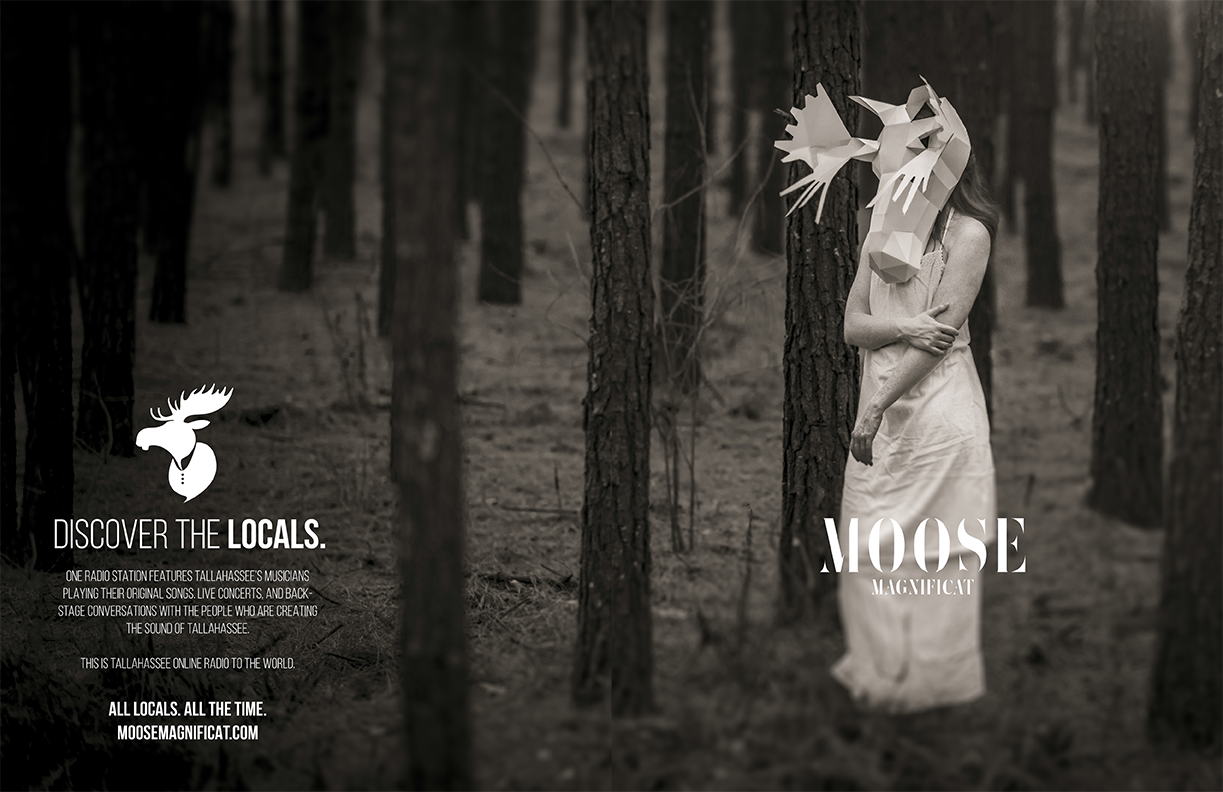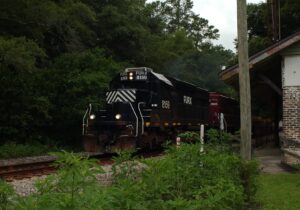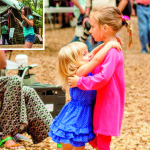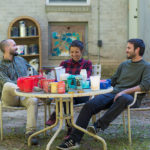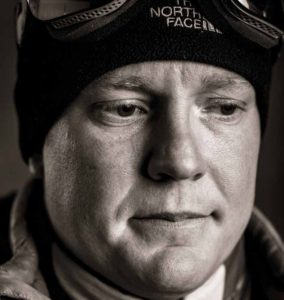 Jeremy Rogers is not a man you easily forget. When you meet him, he looks right at you and immediately wraps you up in a story. He uses the word “super” a lot. His intensity is balanced by a robust laugh and soft spot for his 5-year-old daughter, Taylor. And while all that is Rogers stirs your soul and renders you somewhat unbalanced upon each encounter, so too does his mission: to change the world. A large part of that mission is the Tallahassee Adventure Club, a local nonprofit organization geared towards creating and leading adventure experiences in the Southeast.
Jeremy Rogers is not a man you easily forget. When you meet him, he looks right at you and immediately wraps you up in a story. He uses the word “super” a lot. His intensity is balanced by a robust laugh and soft spot for his 5-year-old daughter, Taylor. And while all that is Rogers stirs your soul and renders you somewhat unbalanced upon each encounter, so too does his mission: to change the world. A large part of that mission is the Tallahassee Adventure Club, a local nonprofit organization geared towards creating and leading adventure experiences in the Southeast.
Standing at the summit of Mount Acatenango, an inactive volcano in Guatemala, Rogers decided it was his purpose to share adventure with others, and the idea of a local adventure club emerged. This idea became a reality that eventually would lead Rogers up another, much bigger mountain. Mount Aconcagua in Argentina is the second highest of the Seven Summits, second only to Mount Everest in Asia. Friend and co-founder of the Tallahassee Adventure Club Greg Bargo suggested that Rogers make the 22,837-foot journey up Aconcagua to bring awareness and support for their organization. Greg’s brother, Brandon Bargo, a world-record holder in mountaineering, was leading an expedition. Rogers signed up and rallied the community around the cause. Through meetings with local leaders, coverage from WCTV, and a GoFundMe page, Rogers raised the recognition and resources to fuel his adventure.
The 22-day expedition began with a 30-hour flight from Orlando to Mendoza, Argentina where he met his guide and two other adventurers from Austin, Texas: Vella Karman and amputee Denish Ranasingha, both of whom had successfully climbed Mount Kilimanjaro. On the two-hour bus ride from Mendoza to the trailhead, located in the small ski resort town of Los Penitentes, Rogers felt nervous. “There was a lot of uncertainty and pressure. A whole community was following me and backing me.”
Nerves gave way to thrilling scenery and demanding terrain during the three-day, 40-mile hike to Base Camp. Mountaineers refer to this part of the expedition as “the approach” to which Rogers appends “the fun part,” although certainly not free from adversity. The climate was arid and the path was jagged, but rocks in delightful hues of pinks, blues, and yellows—a result of minerals from glaciers that long ago formed the trail—interjected the days’ challenges. Camaraderie grew when Rogers taught Karman and Ranasingha breathing exercises and meditation. Rogers and Bargo found stress relief in solo rock climbing.
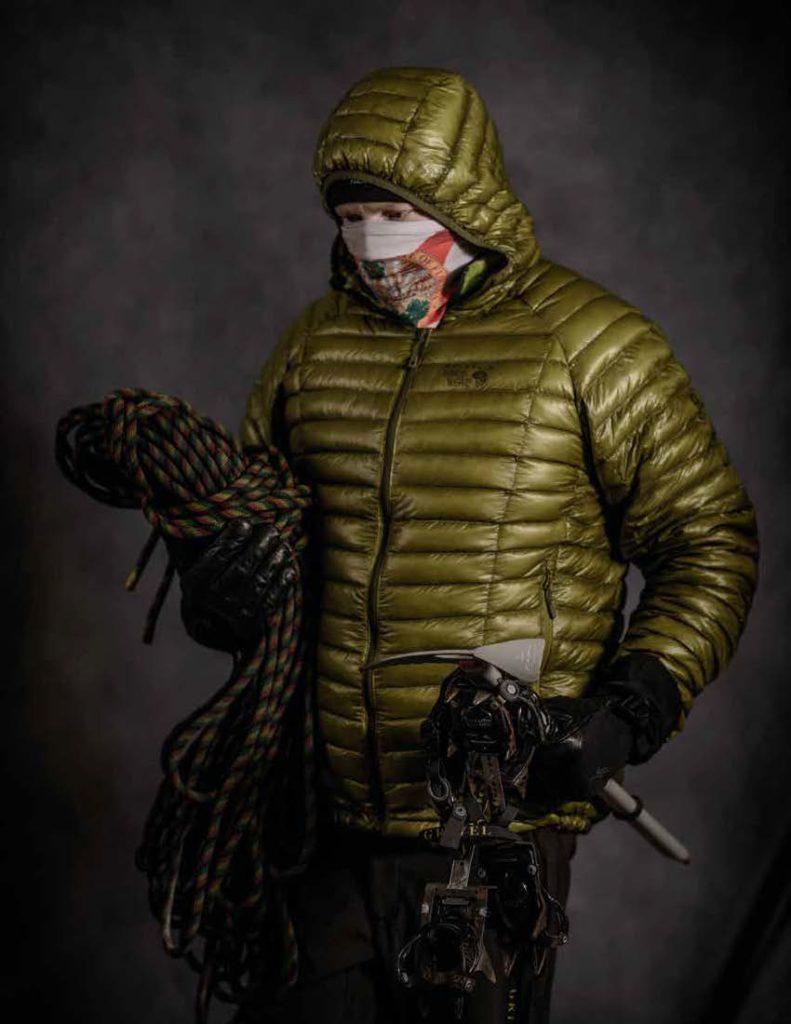 The four made it to Base Camp, but the final day of the approach—said to be the second hardest day of the entire expedition due to the varying terrain and a rapid elevation increase of a few thousand feet—proved to be too taxing for one adventurer. What was scheduled to be an eight-hour hike took 15 hours due to difficulties Ranasingha faced from his prosthetic leg. “He was grinding,” said Rogers. “Watching this tall, muscular man with arm braces negotiate rivers and scramble over boulders was incredible. He was like a robot.” Unfortunately, Ranasingha’s health and safety check revealed a dangerously low oxygen saturation level and forced him to withdraw from the expedition. Rogers expressed his admiration for the attempt. “It was really
The four made it to Base Camp, but the final day of the approach—said to be the second hardest day of the entire expedition due to the varying terrain and a rapid elevation increase of a few thousand feet—proved to be too taxing for one adventurer. What was scheduled to be an eight-hour hike took 15 hours due to difficulties Ranasingha faced from his prosthetic leg. “He was grinding,” said Rogers. “Watching this tall, muscular man with arm braces negotiate rivers and scramble over boulders was incredible. He was like a robot.” Unfortunately, Ranasingha’s health and safety check revealed a dangerously low oxygen saturation level and forced him to withdraw from the expedition. Rogers expressed his admiration for the attempt. “It was really
hard for him. He pushed himself harder on that day than Kilimanjaro.” Karman withdrew as well.
The journey remained for Bargo and Rogers. Their itinerary: Camp I, Camp II, Camp III, and Summit Day. Aconcagua has a thirty percent success rate. Atop those odds, the third-ever “super” El Niño occurred, ushering in temperatures well below zero and wind gusts above 60 miles per hour. Extreme weather conditions resulted in very few people on the mountain. Rogers and Bargo pushed on through blizzards and malfunctioning equipment. At Camp II, Rogers’s sleeping bag zipper broke, so he slept fully clothed. At Camp III, their stove misfired, making melting water and cooking extremely difficult. Now at an altitude of 20,000 feet, warmth, sustenance, and hydration were matters of survival, and every task garnered extreme effort. “Tying my shoe was equivalent to running a one hundred yard dash,” said Rogers. “This was hands-down the most diYcult challenge of my life. But it never felt [unattainable].”
Summit Day arrived. On limited food and water, Rogers and Bargo continued climbing. Midday, a looming storm moved closer. Rangers and passing climbers urged them to turn back. Undeterred, Rogers stuck with his guide and put one foot in front of the other, ascending the final 30 degree wall. He reached the top of the mountain at 22,600 feet. The technical summit was a couple hundred feet away and made invisible by the enveloping grayness of a storm cloud. Rogers decided to descend. Back at Base Camp and feeling somewhat defeated for not reaching the summit, professional mountaineers rallied around him and proclaimed, “You were on top of that mountain. Buddy, you were off the couch! Go home knowing that this was a successful climb.”
Rogers returned to Tallahassee with a reception that he describes as “overwhelmingly positive.” He used the momentum from his experience to launch the Tallahassee Adventure Club and generate its first initiative: Every Little Girl Needs an Adventure. “I am super certain that this is exactly what I am supposed to be doing with my life.” If you ask Rogers why he climbs mountains, he would say that he does it because it changes him. “After every mountain I climb, I come back down a different person. It changes me in a positive way.” Through the success of Aconcagua, Rogers continues to parlay his personal growth into the growth of others through a singular method: adventure.

